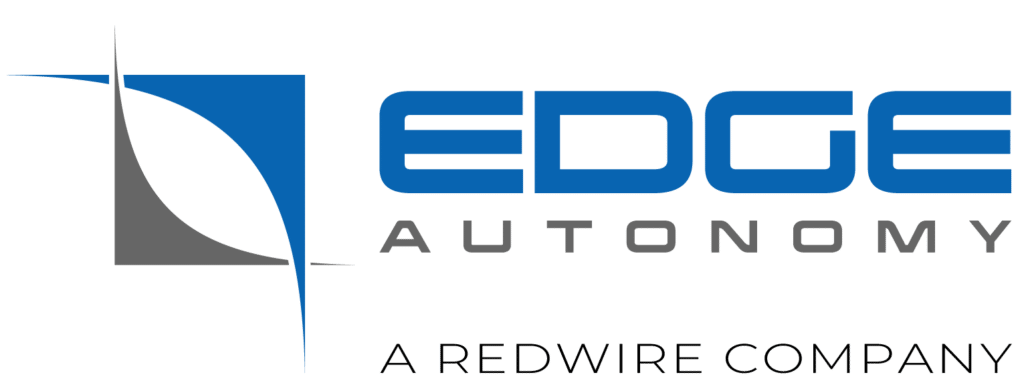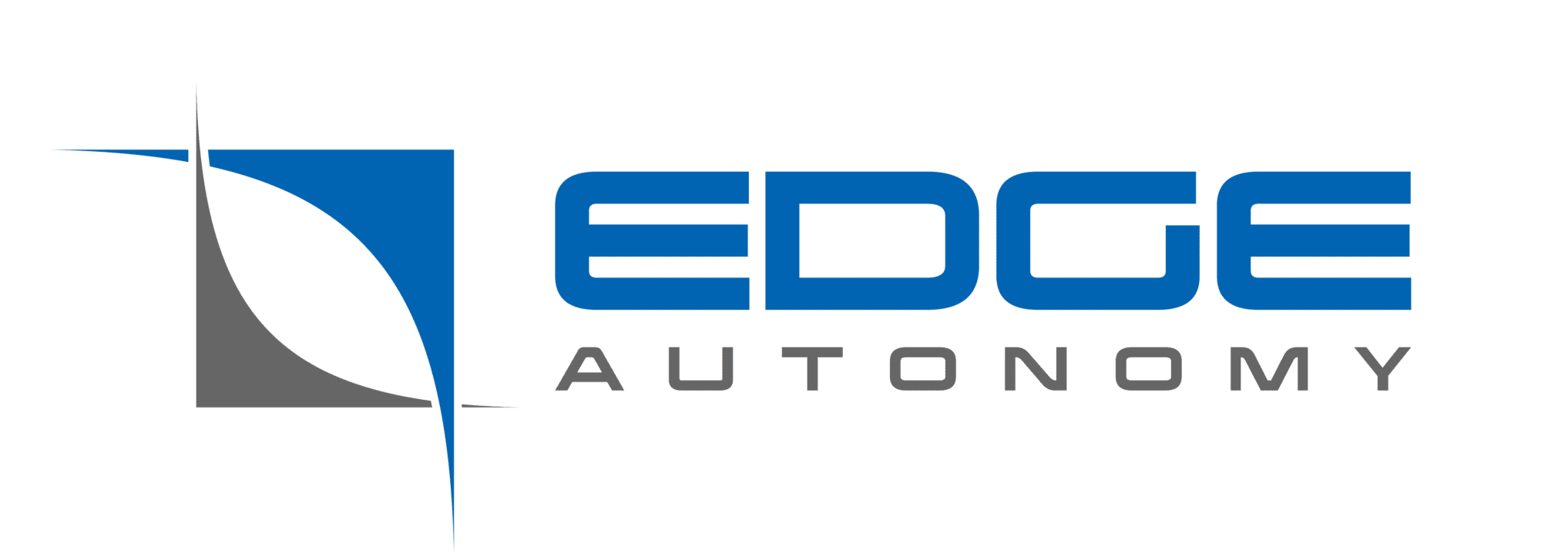“NOTE: In August 2022, Adaptive Energy LLC was acquired by Edge Autonomy.”
Adaptive Energy recognized at Dubai event for unique propane fuel cell technology that provides backup and offgrid power for rail crossings, remote radio networks, weather aviation cameras and other critical infrastructure
Dubai, UAE (Dec 14, 2021) — Adaptive Energy, a leading designer and manufacturer of low-watt solid oxide fuel cells (SOFCs) for backup and offgrid power, last week won a Global Innovation Award at the Global Technology Conference (GTC) for LPG Week in Dubai. The Michigan-based company was selected as runner-up for Most Innovative Propane-Powered Technology, making it the only SOFC company ever to receive this prestigious award.
Representing Adaptive Energy was CEO Michael Edison, a veteran of the clean energy movement. His presentation highlighted how SOFCs enable greater use of alternative energy for critical infrastructure.
“At Adaptive Energy, our goal is to increase the reliability of critical low-watt infrastructure while reducing its carbon impact,” Edison said. “Remote sites often lack reliable access to grid power, so alternative energy sources like wind and solar are vital. But when harsh weather interrupts power production, this critical infrastructure can fail. That’s where our propane fuel cells come into play.”
The need for reliable backup and offgrid power is what also led major railway partner RedHawk Energy Systems, LLC to place their largest order to date, in December.
“This is our second consecutive major order from Adaptive Energy this year,” said Matt Ulrich, Rail Sales for RedHawk Energy Systems. “Our rail customers love the simplicity and low maintenance needs of the P250i. Instead of babysitting legacy gas/diesel generators that require constant refueling and routine maintenance, the P250i can provide days, weeks and even months of reliable power with minimal personnel involvement.”
During his presentation at LPG Week, Edison shared three key alternative energy use cases for SOFCs:
Uninterruptible power for critical transportation infrastructure, such as railway crossings, signals and switches
Hybrid offgrid power (including solar, wind or other renewables) for remote applications like back-country radio networks or aviation and weather-monitoring equipment
Reliable uptimes for solar-powered trailers that provide mobile surveillance, environmental monitoring, communications and other critical functions
Adaptive Energy is uniquely positioned to address these concerns thanks to patented, highly durable, clean SOFC technology that has been engineered to excel in extreme conditions, from -40°C to 50°C. With a 22-year history of commercializing SOFCs, they have been the leading provider of propane fuel cell technology across industries.
The company has long-standing relationships with U.S. federal agencies, major Class I railways via partner RedHawk Energy Systems, LLC, and other commercial customers where consistent uptimes are critical.
#
About Adaptive Energy, LLC:
Adaptive Energy is the world’s leading designer and manufacturer of solid oxide fuel cells for low wattage backup, offgrid or continuous power — with more than 1 megawatt of microtubular power produced to date. Originating from University of Michigan technology, we offer rugged, low-carbon power solutions, fueled by propane, that are proven in telecommunications, transportation, oil/gas pipeline and military applications.
About Performer Series Solid Oxide Fuel Cells
The Performer Series from Adaptive Energy offers high-efficiency 250W and 1kW Solid Oxide Fuel Cells for backup and offgrid power. P250i and P1000 are highly durable SOFCs that run on propane, excel in extreme cold and require no routine maintenance. Performer Series products are unique in the market because they are designed as battery tenders to undergo many thermal cycles.
About RedHawk Energy Systems, LLC:
Since the early 1980s, RedHawk Energy Systems, LLC (a manufacturing subsidiary of the Arthur N. Ulrich Company) has helped commercial and industrial customers tackle their critical prime and backup power challenges with fully engineered and innovative AC and DC power solutions (solar and wind, fuel cells, stirling engines, long-run generators, TEGs, ultracapacitor systems and more).

